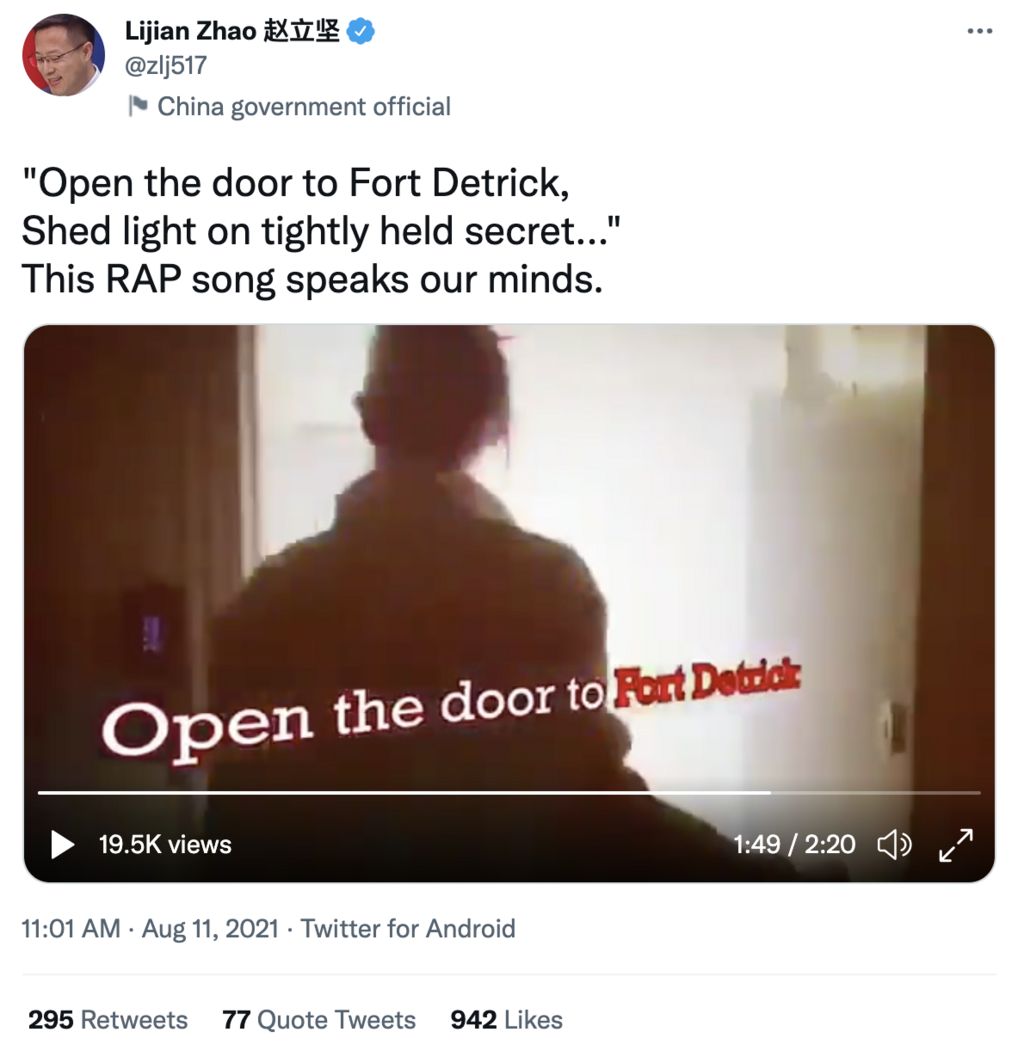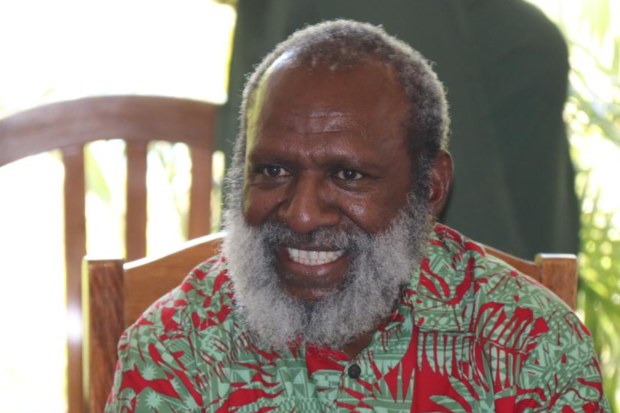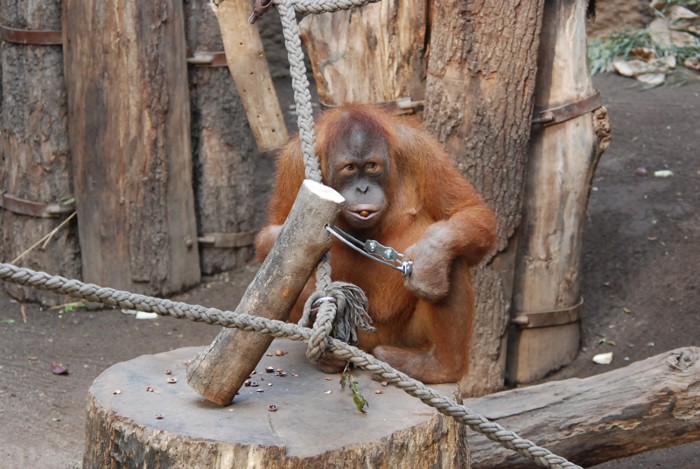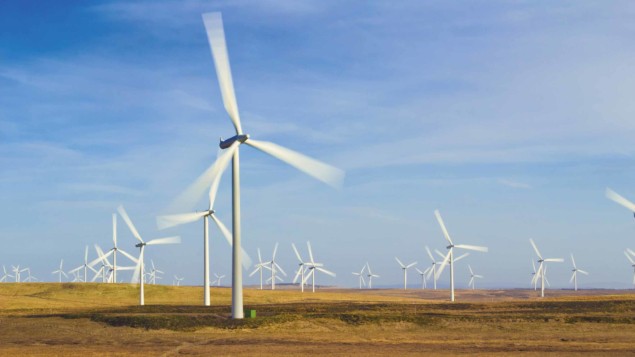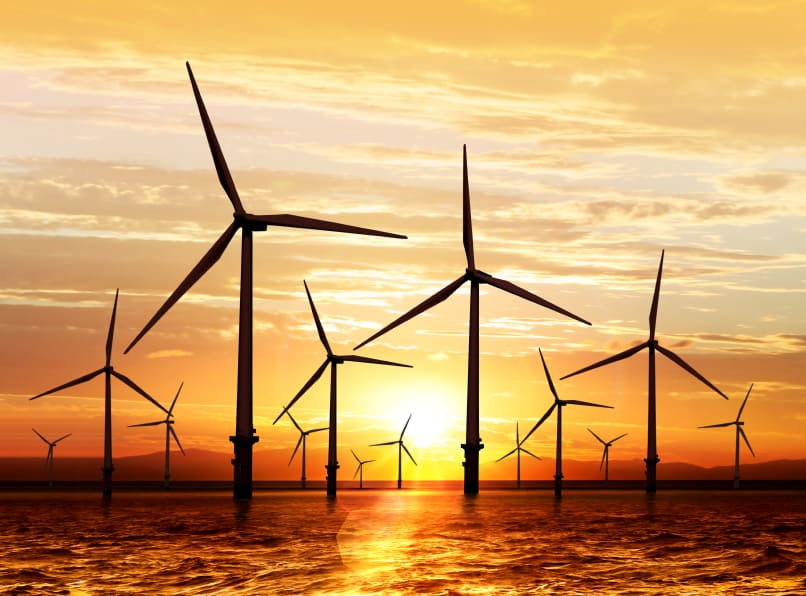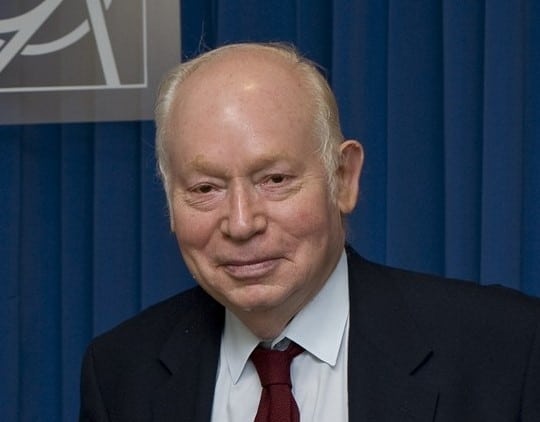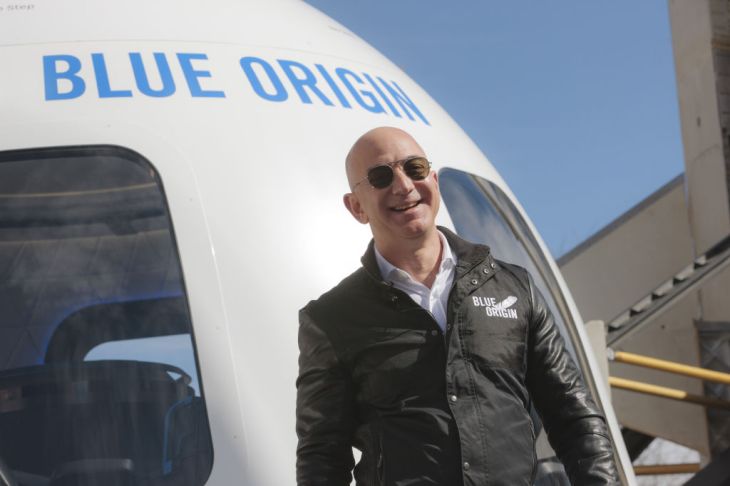A new era for biology: Opportunities and challenges of macrogenetics

The burgeoning field of macrogenetics is the focus of a new review published in Nature Reviews Genetics by a global, multidisciplinary team of researchers seeking to better answer fundamental biodiversity questions.
Led by Sean Hoban, Ph.D., tree conservation biologist at The Morton Arboretum, the researchers provide insights into macrogenetics, which uses big data to identify the global drivers of genetic diversity within and among populations at broad spatial, temporal and taxonomic scales.
"The goal of macrogenetics is to use thousands of datasets to answer a core question about life on earth: Why do some regions of the world have more biodiversity than others?" said Hoban.
Until recently, the authors say, large-scale analyses in population genetics, evolutionary biology and molecular ecology were extremely rare due to high costs and complicated methodologies. However, advances in technology, molecular biology, statistics and the widespread availability of large datasets, among other factors, have paved the way for the new field of study, addressing questions at a larger scale than ever before.
"Science is moving towards a more collaborative model of work in which researchers publish their full data online in easily searchable databases, so that others can reuse them for other purposes, including macrogenetics and conservation," said Hoban. "It is exciting to see that scientists are making their work accessible, reusable and easier to build on—some call it 'open science.'"
Hoban indicated that genetic diversity is a key driver of complexity and resilience in systems, allowing populations to thrive and adapt, but that its conservation is often neglected in public policy. "Macrogenetic studies assessing genetic diversity across time and space will provide valuable, large-scale opportunities to detect environmental change, including, for example, early genetic signals of climate change effects that might otherwise escape detection," he said.
Ultimately, according to the authors, observations of large-scale patterns must be linked to national legislation and global initiatives like the Convention on Biological Diversity or the United Nations Sustainable Development Goals. For this to occur, macrogeneticists must extend the communication of their scientific studies to the general public, industry and policymakers, the authors stressed.
"We hope that we can answer fundamental questions about biodiversity: Not just whether humans have an impact but at what scale, and at what threshold," Hoban said. "We can then use those findings to inform policies that are sustainable and impactful."
Hoban also noted that macrogenetic research could settle a long-lasting debate between scientists: Whether the same environmental factors that affect species diversity in a region also affect genetic diversity.
According to the review, growing access to data has opened many doors for genetic researchers, but it also has its own major statistical challenges. "The amount of data we can now access is staggering. The biggest challenge is determining the right statistical techniques," said Hoban. The authors write that most statistical and analytical tools used in macrogenetics are repurposed from other disciplines, and they expect and encourage researchers to explore which tools are best fitted to analyze upscaled macrogenetic datasets.
Hoban noted that large scale data analysis is also a growing trend among ecological researchers and conservation professionals. Scientists at The Morton Arboretum are using large datasets to conduct global conservation gap analyses, determine patterns of trait evolution of woody plants, discover how ecosystems evolve over long periods of time and document changes in forests under hotter temperatures, among other projects. They are also producing such datasets, including in the arboretum's herbarium.
"This is an extremely exciting time—the field is growing from a dozen or so studies, to hundreds on the horizon," Hoban said. "It feels as though we're in a new chapter of scientific advancement," he added.Conserving and monitoring genetic diversity will benefit nature and society
More information: Deborah M. Leigh et al, Opportunities and challenges of macrogenetic studies, Nature Reviews Genetics (2021). DOI: 10.1038/s41576-021-00394-0
Journal information: Nature Reviews Genetics
Provided by The Morton Arboretum







